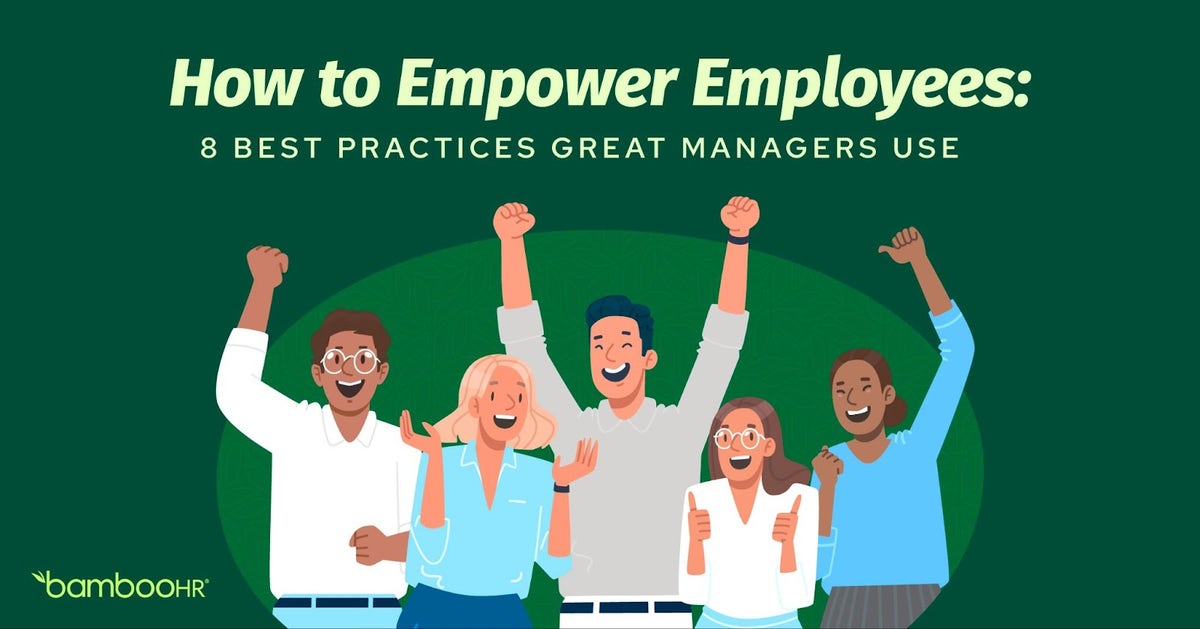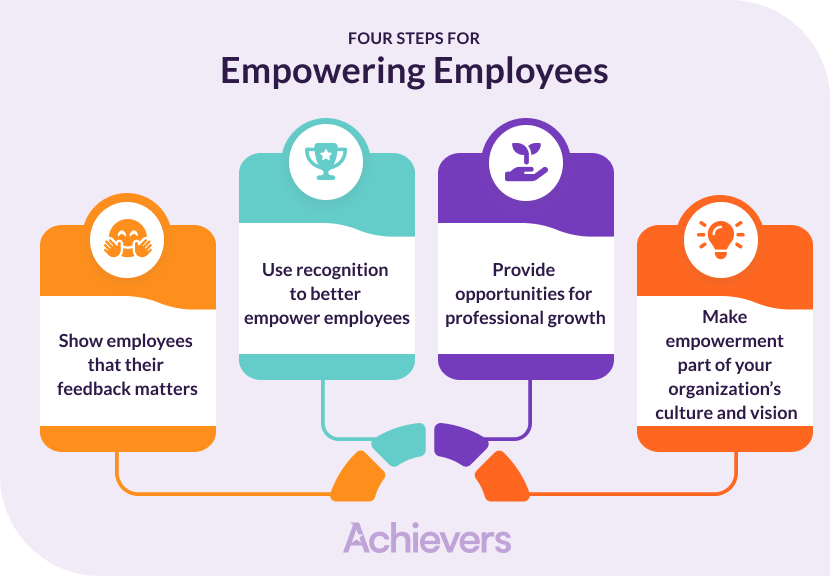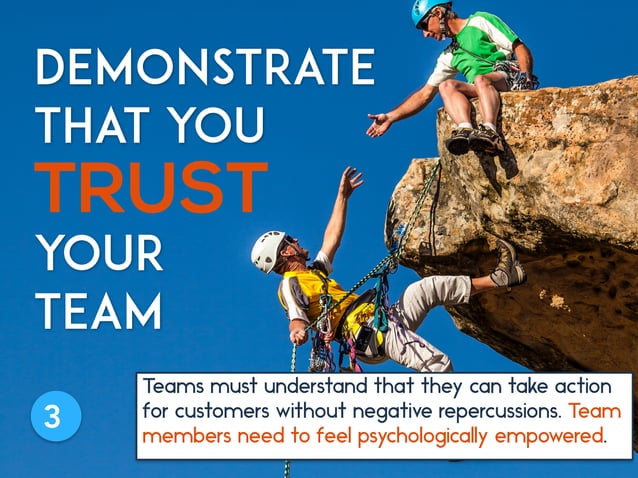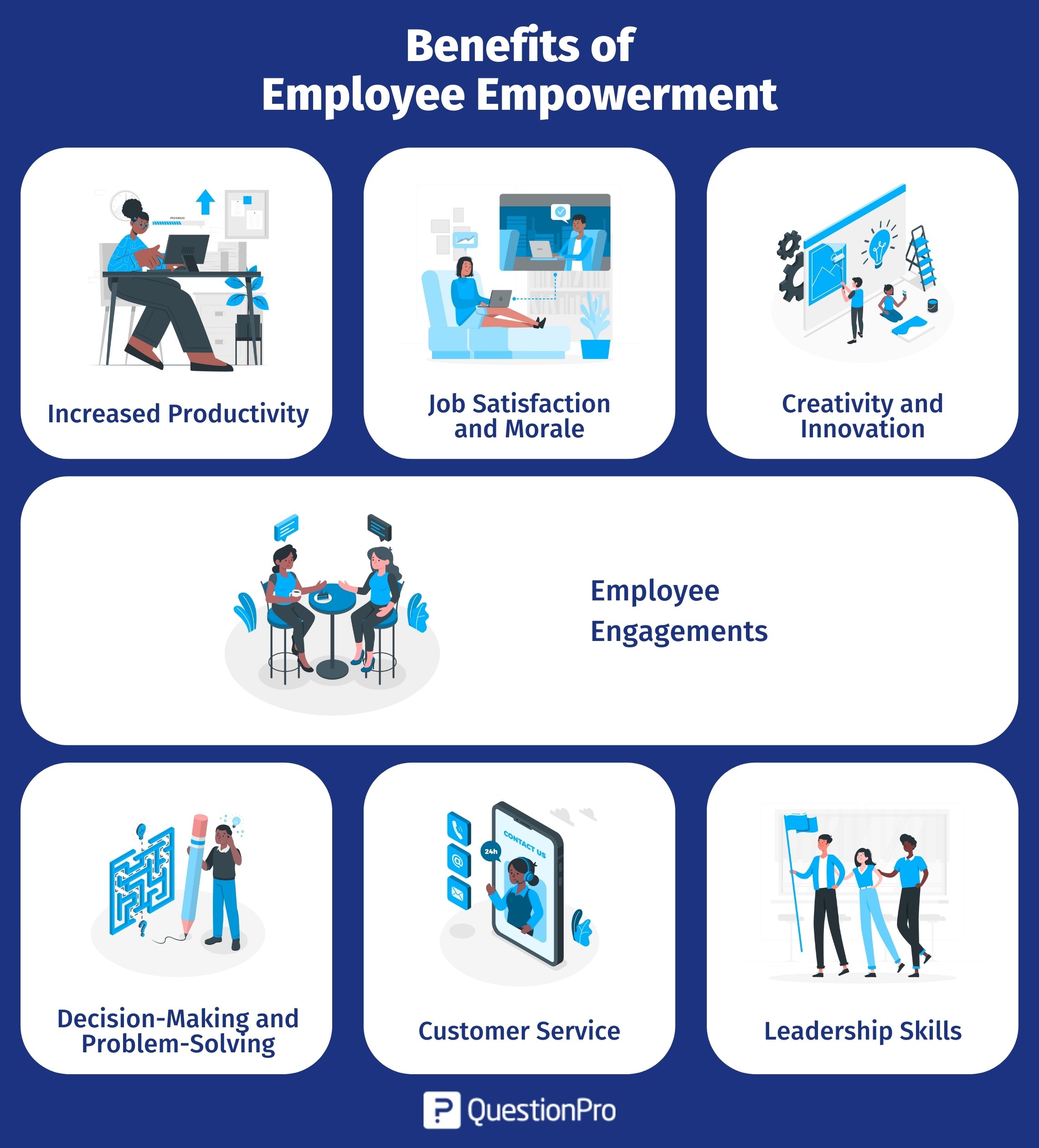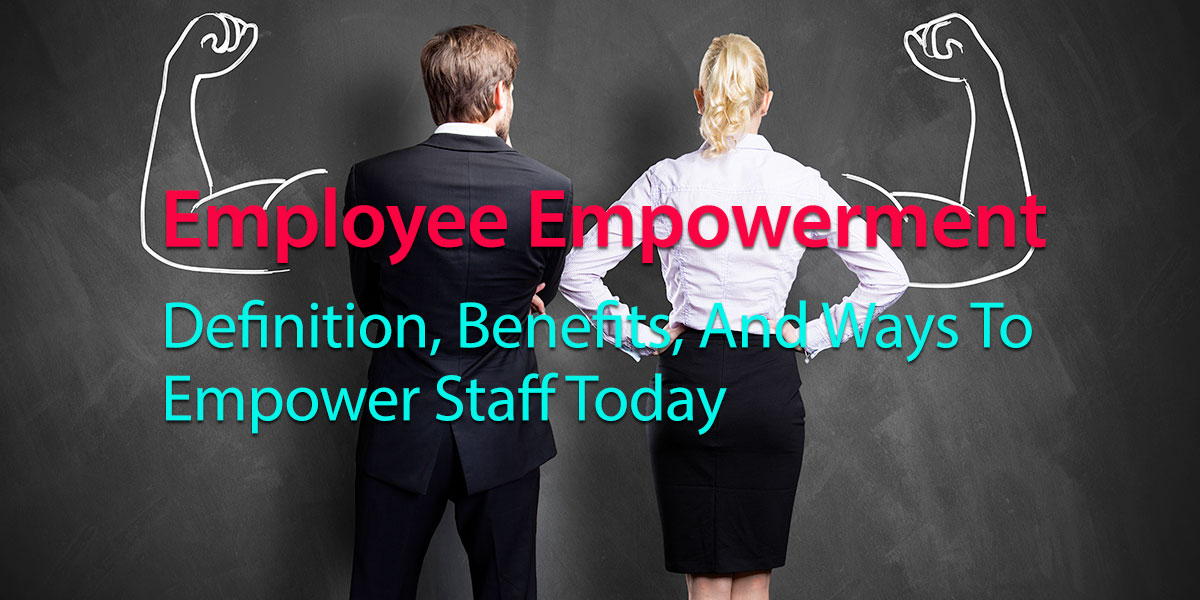Best Way To Empower Employees

Feeling like your team is running on fumes? Maybe they lack the spark, the drive, the ownership that truly propels a company forward. We've all been there.
This article is for you, the first-time manager, small business owner, or HR professional eager to unlock the hidden potential within your workforce.
We’ll dive deep into actionable strategies for employee empowerment, helping you build a thriving, engaged, and ultimately more successful team.
Why Employee Empowerment Matters
Empowerment isn't just a buzzword; it's the cornerstone of a high-performing organization. When employees feel valued, trusted, and capable, they’re more likely to innovate, take initiative, and go the extra mile.
This translates to increased productivity, reduced turnover, and a stronger bottom line. In short, empowered employees are the secret ingredient to sustainable success.
But how do you actually do it?
Top 5 Employee Empowerment Strategies: A Comparison
| Strategy | Description | Price (Time Investment) | Specs (Key Components) | Warranty (Expected Outcome) |
|---|---|---|---|---|
| Delegation with Authority | Assign tasks with decision-making power. | Moderate | Clear expectations, defined boundaries, support system. | Increased ownership, skill development. |
| Open Communication Channels | Foster transparency and feedback. | Low | Regular meetings, suggestion boxes, anonymous surveys. | Improved morale, identification of problems. |
| Training & Development Opportunities | Invest in employee growth. | Variable (Moderate to High) | Workshops, online courses, mentorship programs. | Enhanced skills, increased confidence. |
| Recognition & Rewards Programs | Acknowledge and appreciate contributions. | Low to Moderate | Public praise, bonuses, gift cards, extra vacation time. | Motivated workforce, improved performance. |
| Autonomy & Flexibility | Provide control over work schedules and methods. | Low | Flexible hours, remote work options, self-directed projects. | Increased job satisfaction, improved work-life balance. |
Detailed Reviews of Empowerment Strategies
Delegation with Authority: The Ownership Booster
Giving employees real responsibility, not just busywork, is crucial. This means clearly defining the task, setting expectations, and providing resources, but then stepping back and letting them own the process.
A key factor is providing a safety net. Let employees know it’s ok to make mistakes as long as they learn from them.
This builds confidence and encourages initiative. The outcome is increased ownership.
Open Communication Channels: The Transparency Key
Honest and transparent communication builds trust. This includes sharing company goals, financial performance (where appropriate), and soliciting feedback.
Regular team meetings, anonymous surveys, and an open-door policy can all help foster open communication. Creating a safe space where employees feel comfortable sharing ideas and concerns is paramount.
Improved morale and early problem detection are common outcomes.
Training & Development: The Growth Engine
Investing in your employees' growth is an investment in your company's future. Offer opportunities for skill development through workshops, online courses, or mentorship programs.
Identify skill gaps and provide targeted training to address them. Encourage employees to pursue certifications or advanced degrees.
The result is enhanced skills and increased confidence in the workforce.
Recognition & Rewards: The Motivation Multiplier
Recognizing and rewarding employees for their contributions is essential for motivation. This can take many forms, from public praise to bonuses to extra vacation time.
Make sure rewards are aligned with company values and individual performance. A simple "thank you" can go a long way.
A motivated workforce and improved performance are key advantages.
Autonomy & Flexibility: The Satisfaction Driver
Giving employees control over their work schedules and methods can significantly increase job satisfaction. Offer flexible hours, remote work options, or the opportunity to work on self-directed projects.
Trust your employees to manage their time effectively and meet deadlines. Focus on results, not micromanagement.
The outcomes include increased job satisfaction and improved work-life balance.
"Used vs New" Approach to Empowerment
Think of "used" empowerment strategies as those that have been tried and tested within your company but may need a refresh. "New" strategies are fresh approaches you're implementing for the first time.
Used (Refreshed):
Pros: Lower risk, familiar context, existing infrastructure.
Cons: Potential for stagnation, limited innovation, may not address new challenges.
New (Implemented):
Pros: Fresh perspective, addresses current needs, potential for significant impact.
Cons: Higher risk, requires more resources, potential for resistance to change.
The key is finding a balance between refining existing practices and embracing new approaches.
Reliability Ratings by Brand (Company Culture)
The "brand" in this context is your company's culture. A strong, supportive culture is the foundation for successful employee empowerment.
- "High Reliability" Cultures: Characterized by trust, open communication, continuous learning, and a focus on employee well-being. These cultures consistently see high levels of employee engagement and productivity.
- "Medium Reliability" Cultures: Show promise in some areas but may lack consistency or commitment in others. Improvements in communication, training, or recognition could significantly boost employee empowerment.
- "Low Reliability" Cultures: Often suffer from poor communication, lack of trust, and limited opportunities for growth. A major cultural overhaul is necessary to create an environment conducive to employee empowerment.
Be honest about your company's culture and identify areas for improvement. This will help you tailor your empowerment strategies for maximum impact.
Checklist: 5 Must-Check Features Before Buying In
- Alignment with Company Values: Ensure strategies support your company's core values.
- Employee Input: Solicit feedback to tailor strategies to their needs.
- Clear Expectations: Define roles and responsibilities.
- Adequate Resources: Provide tools, training, and support.
- Measurable Results: Track progress and adjust as needed.
Key Takeaways: Your Empowerment Roadmap
Employee empowerment is about creating a culture where employees feel valued, trusted, and capable. This requires a multifaceted approach that includes delegation, communication, training, recognition, and autonomy.
Assess your company's culture and tailor your strategies to meet your specific needs. Remember that empowerment is a journey, not a destination.
Consider all the factors mentioned to make an informed decision about how to implement it in your company.
Ready to Empower Your Team?
Start small, be patient, and celebrate successes along the way. Your employees will thank you for it, and your bottom line will too.
Take the first step today! Schedule a meeting with your team to discuss areas where they feel they could be more empowered. What are they waiting for?

